Home>Ideas and Tips>Indoor Dracaena Marginata Care Dragon Tree Growing Guide
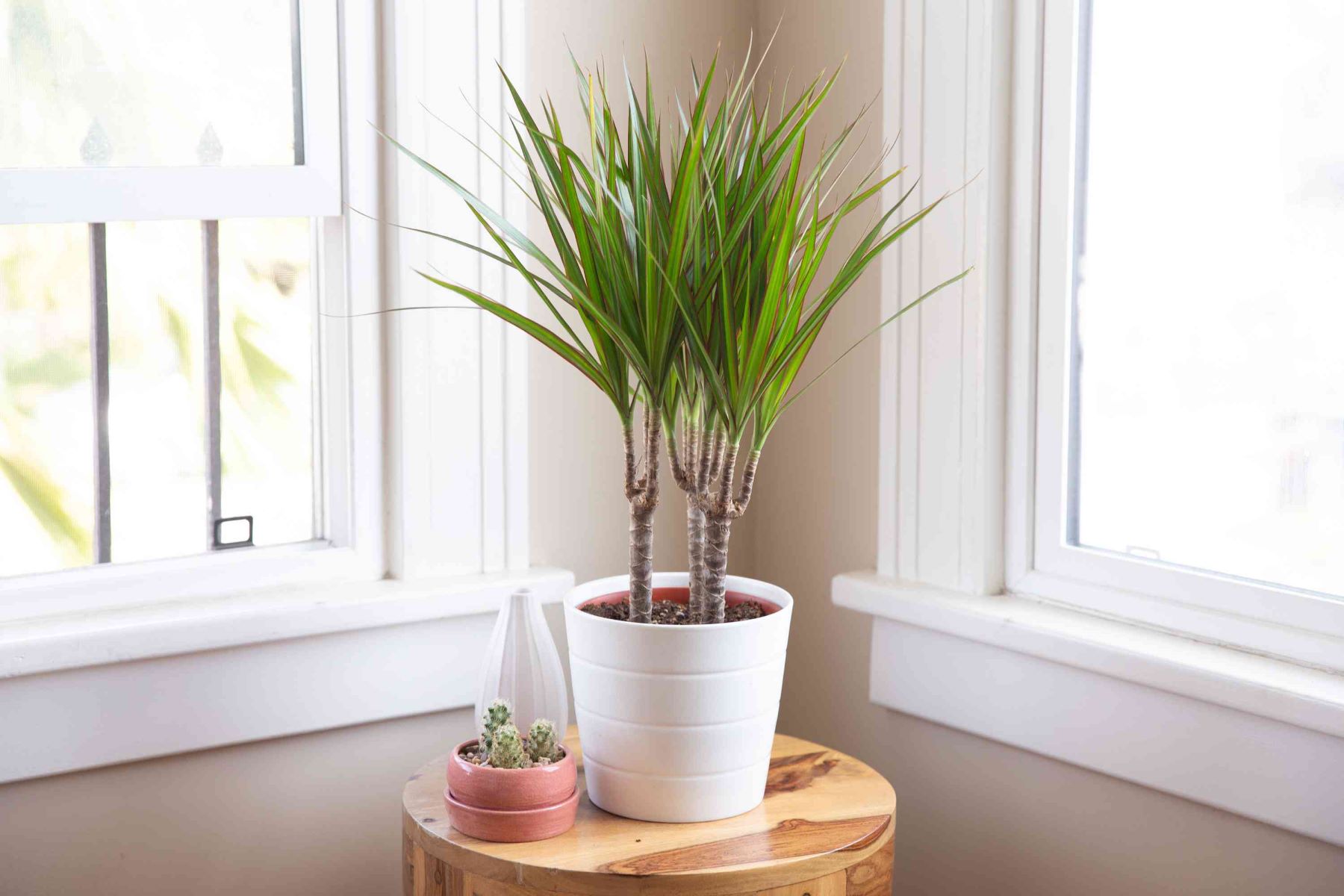

Ideas and Tips
Indoor Dracaena Marginata Care Dragon Tree Growing Guide
Modified: November 1, 2024
Learn how to care for your Dracaena Marginata with our comprehensive guide. Discover tips on lighting, watering, and more to keep your Dragon Tree thriving.
(Many of the links in this article redirect to a specific reviewed product. Your purchase of these products through affiliate links helps to generate commission for Storables.com, at no extra cost. Learn more)
The Dracaena marginata, commonly known as the Madagascar Dragon Tree, is a popular and low-maintenance indoor plant that has been a favorite among houseplant enthusiasts for decades. Its striking appearance and ability to thrive in a variety of conditions make it an excellent choice for both beginners and experienced gardeners. In this comprehensive guide, we will delve into the care and growing requirements of the Dracaena marginata, providing you with all the information you need to keep your dragon tree healthy and thriving.
The Dracaena marginata is native to Madagascar and is known for its slender, upright stems and long, thin leaves with red edges. This plant is often referred to as the "Dragon Tree" due to its unique appearance and the red resin that can be found in its sap, which is sometimes called "dragon's blood." The dragon tree is not only aesthetically pleasing but also has several benefits for indoor spaces. It is known to help purify the air by removing harmful pollutants such as benzene, formaldehyde, and trichloroethylene, making it a great addition to any home or office.
One of the key factors in caring for a Dracaena marginata is providing it with the right amount of light. These plants prefer bright, indirect light but can tolerate low light conditions. Direct sunlight should be avoided as it can cause the leaves to become scorched and damaged. Placing your dragon tree near a window but out of direct sunlight is ideal. If you live in a region with high levels of sunlight, consider using a sheer curtain to filter the light and prevent damage to the leaves.
The Dracaena marginata is relatively adaptable when it comes to temperature. It thrives in temperatures between 65°F (18°C) and 75°F (24°C), which are typical for most indoor spaces. However, it can survive in temperatures as low as 50°F (10°C) during the winter months. Avoid placing your dragon tree near radiators or air conditioners, as sudden changes in temperature can cause stress to the plant, leading to leaf drop or discoloration.
While the Dracaena marginata can tolerate average room humidity levels, it prefers higher moisture. If you live in a dry climate, consider using a humidity tray or room humidifier to maintain a more humid environment. You can also mist the leaves occasionally to increase the humidity around the plant. This will help prevent the leaves from becoming too dry and brittle.
Watering is another crucial aspect of caring for your Dracaena marginata. These plants are drought-tolerant but prefer slightly moist soil. Check the top half of the compost to determine if it needs watering. During the growing season (spring and summer), water your dragon tree once a month. In the fall, reduce watering to every six weeks, and during the winter, avoid watering altogether as the plant is dormant.
The Dracaena marginata prefers well-drained soil to prevent root rot. An all-purpose potting mix with a relatively low pH works well for this plant. You can also mix in some shredded pine bark and sand to improve drainage. Avoid overwatering, as this can lead to root rot and other problems.
Due to its slow growth rate, the Dracaena marginata does not need frequent repotting. You can expect to repot your dragon tree every two to three years when the roots reach the drainage hole. Use a pot with good drainage holes to prevent waterlogged soil. When repotting, gently remove the plant from its pot, inspect the roots, and trim any circling roots before placing it in a new pot filled with fresh potting mix.
Propagating a Dracaena marginata is relatively straightforward and can be done through stem cuttings. Here’s a step-by-step guide:
- Cutting: Cut an 8-inch long section from the stem, ensuring it is at least pencil-thick and cut above a node (where a leaf or stem is attached).
- Leaves Removal: Remove two-thirds of the lower leaves to prevent them from rotting in water.
- Watering: Place the cutting in a jar of water, making sure the node is submerged.
- Root Development: Change the water weekly to prevent bacteria and disease growth. Roots should appear within a few weeks.
- Transplanting: Once roots are visible, transfer the cutting into a pot filled with good-quality potting soil/compost.
Pruning is essential for maintaining the health and appearance of your Dracaena marginata. Here are some tips:
- Remove Dead Leaves: Regularly remove any dead or dying leaves from the bottom of the trunk to keep the plant looking its best.
- Cut Back Stems: Cut back stems to maintain a desired height or to encourage new growth.
- Timing: The best time for pruning is during the spring and early summer when the plant is actively growing.
While the Dracaena marginata is generally pest-resistant, it can attract bugs like red spider mites, mealybugs, scale, and aphids. Regularly check your plant for signs of pests and diseases:
- Red Spider Mites: These sap-sucking mites cause mottled leaves and leaf drop. Look out for fine webbing on the leaves and use a magnifying glass to spot tiny mites and eggs on the underside of leaves. Mist regularly to increase humidity and prevent infestations.
- Scale Insects: These insects leave behind a sticky honeydew that can encourage sooty mold growth. Remove scale insects with your thumb nail or use a soap spray.
- Thrips: These tiny insects cause mottling and can be deterred by misting the leaves with water to increase humidity.
The Dracaena marginata contains saponins, which are toxic to pets if ingested. While not fatal, ingestion can cause vomiting and excessive salivation in dogs and cats. Keep your dragon tree out of reach of small children and pets to avoid any potential harm.
Here are some fun facts about the Dracaena marginata:
- Feng Shui: In Feng Shui, the Dracaena marginata is believed to bring good fortune and prosperity into a home or office.
- NASA Study: The plant was part of NASA's clean air study and was found to help remove harmful pollutants from the air.
- Mythological Background: The plant has a mythical background, with some legends suggesting that its blood was used to create the plant.
The Dracaena marginata is an excellent choice for anyone looking to add a touch of elegance and air-purifying benefits to their indoor space. With its low-maintenance requirements and adaptability to various conditions, it makes an ideal plant for both beginners and experienced gardeners. By following the guidelines outlined in this care guide, you can ensure that your dragon tree remains healthy and thriving for years to come.
Whether you're looking to brighten up a corner of your home or office or simply want a plant that can tolerate neglect, the Dracaena marginata is an excellent option. Its striking appearance and ability to purify the air make it a versatile and valuable addition to any indoor space. So, go ahead and give your home a touch of tropical elegance with the beautiful Madagascar Dragon Tree
Was this page helpful?
At Storables.com, we guarantee accurate and reliable information. Our content, validated by Expert Board Contributors, is crafted following stringent Editorial Policies. We're committed to providing you with well-researched, expert-backed insights for all your informational needs.
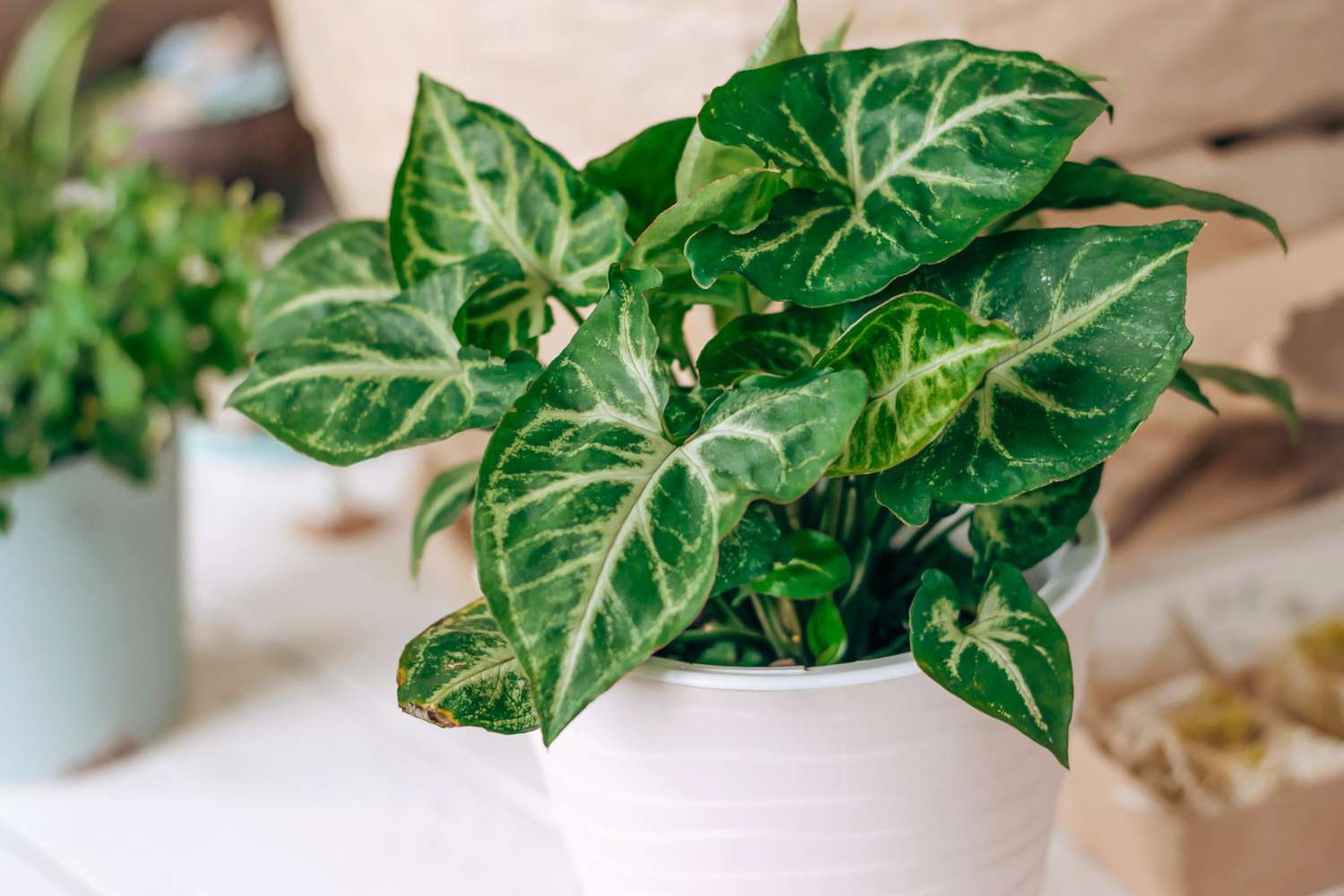
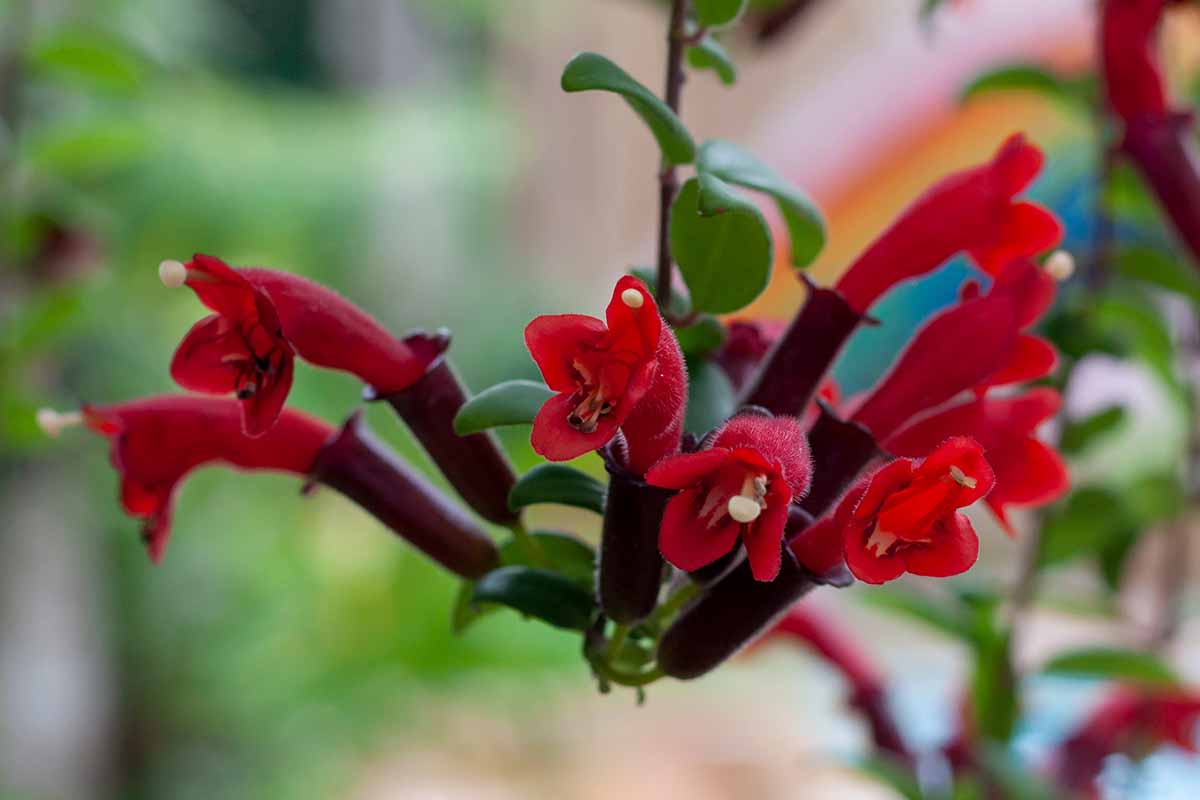
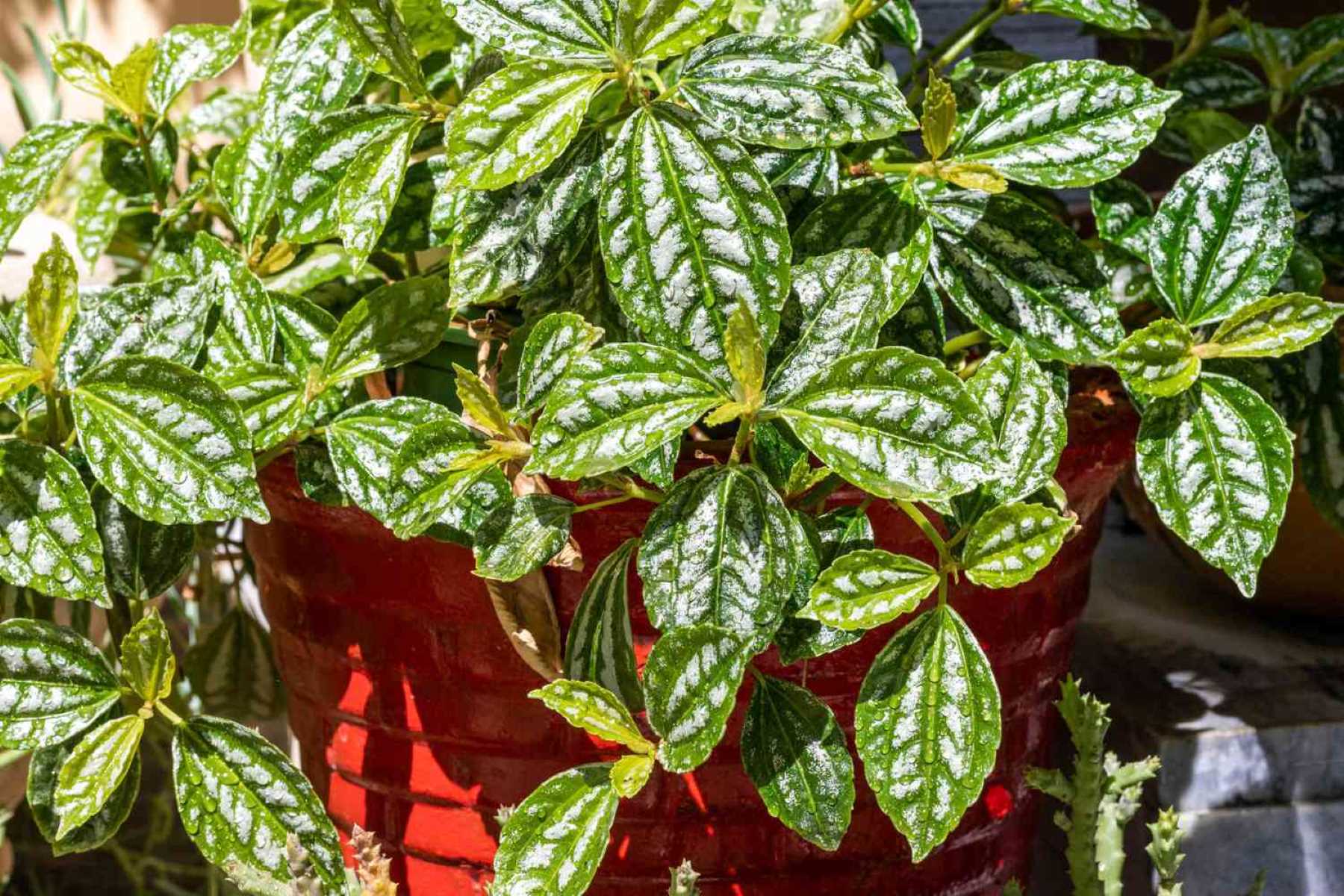
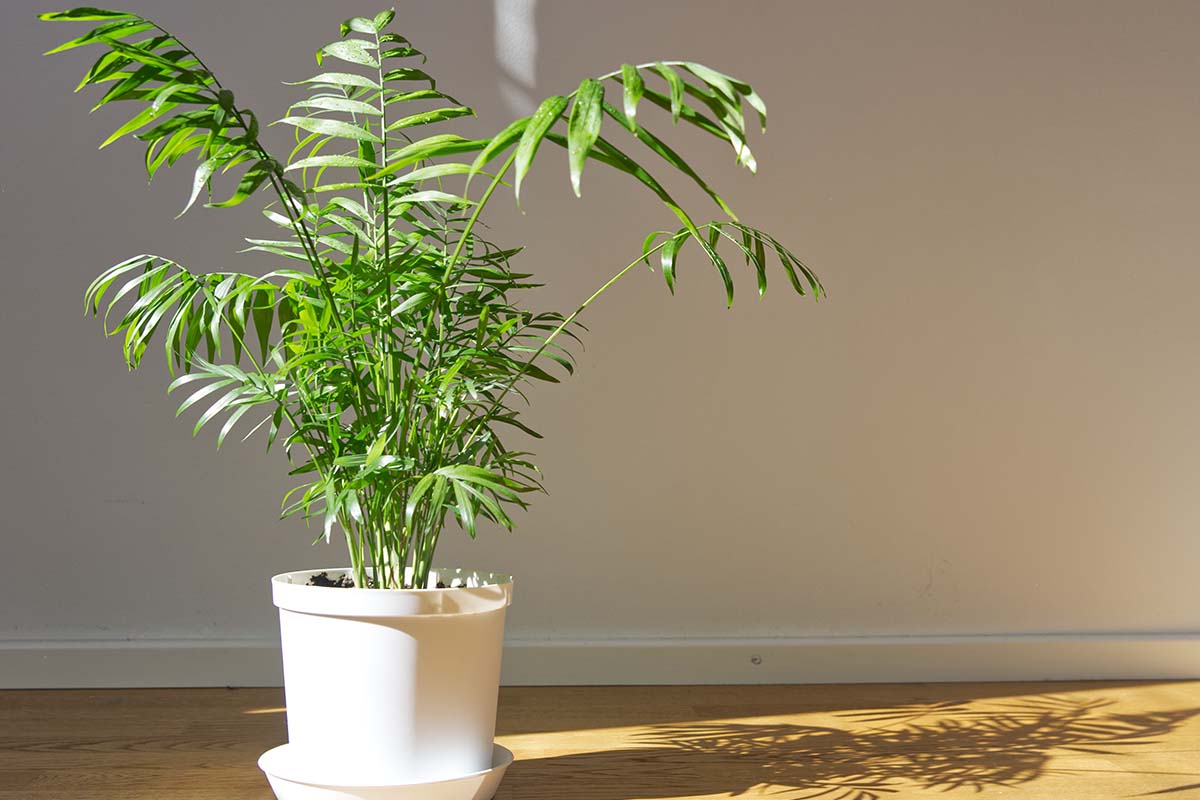
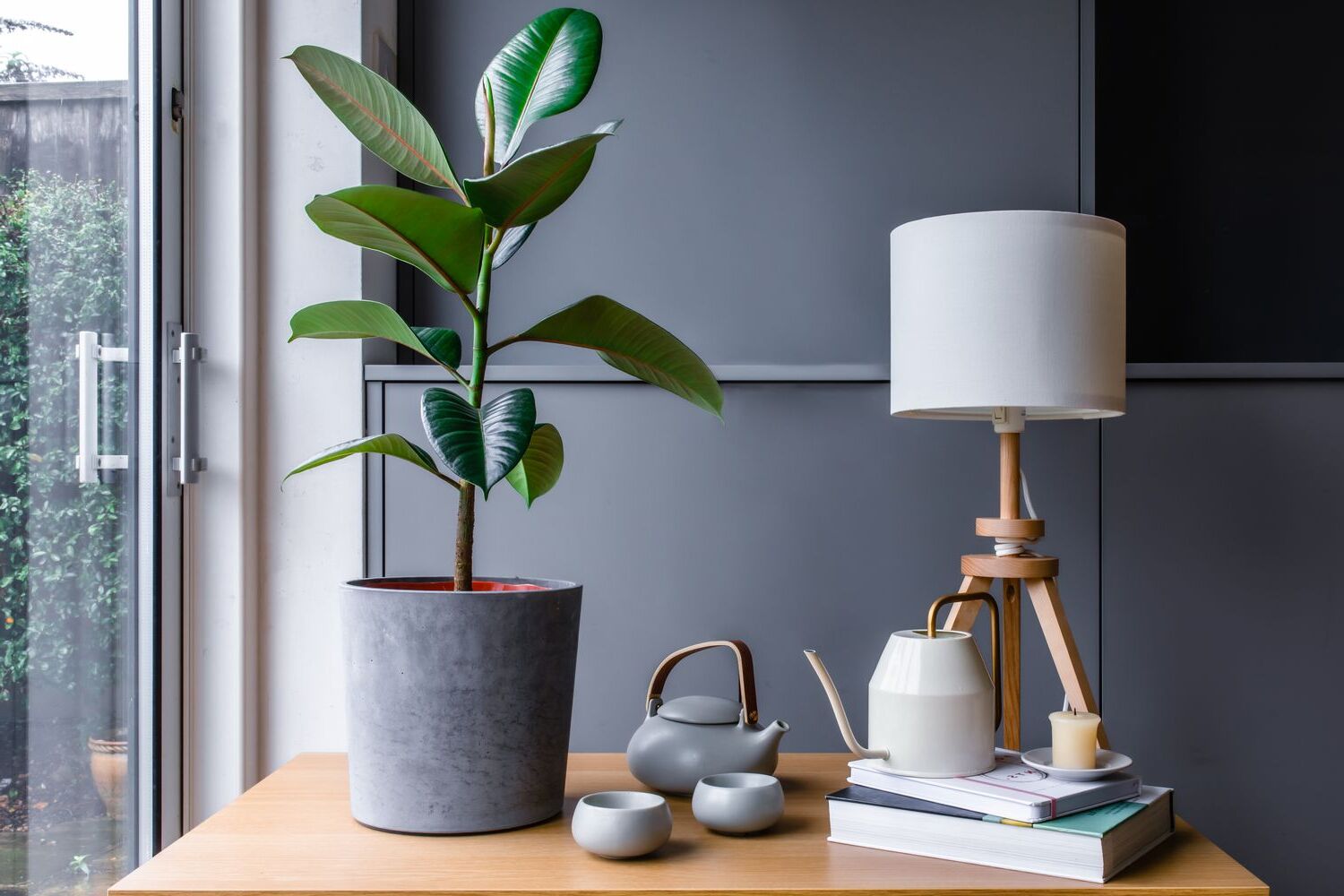
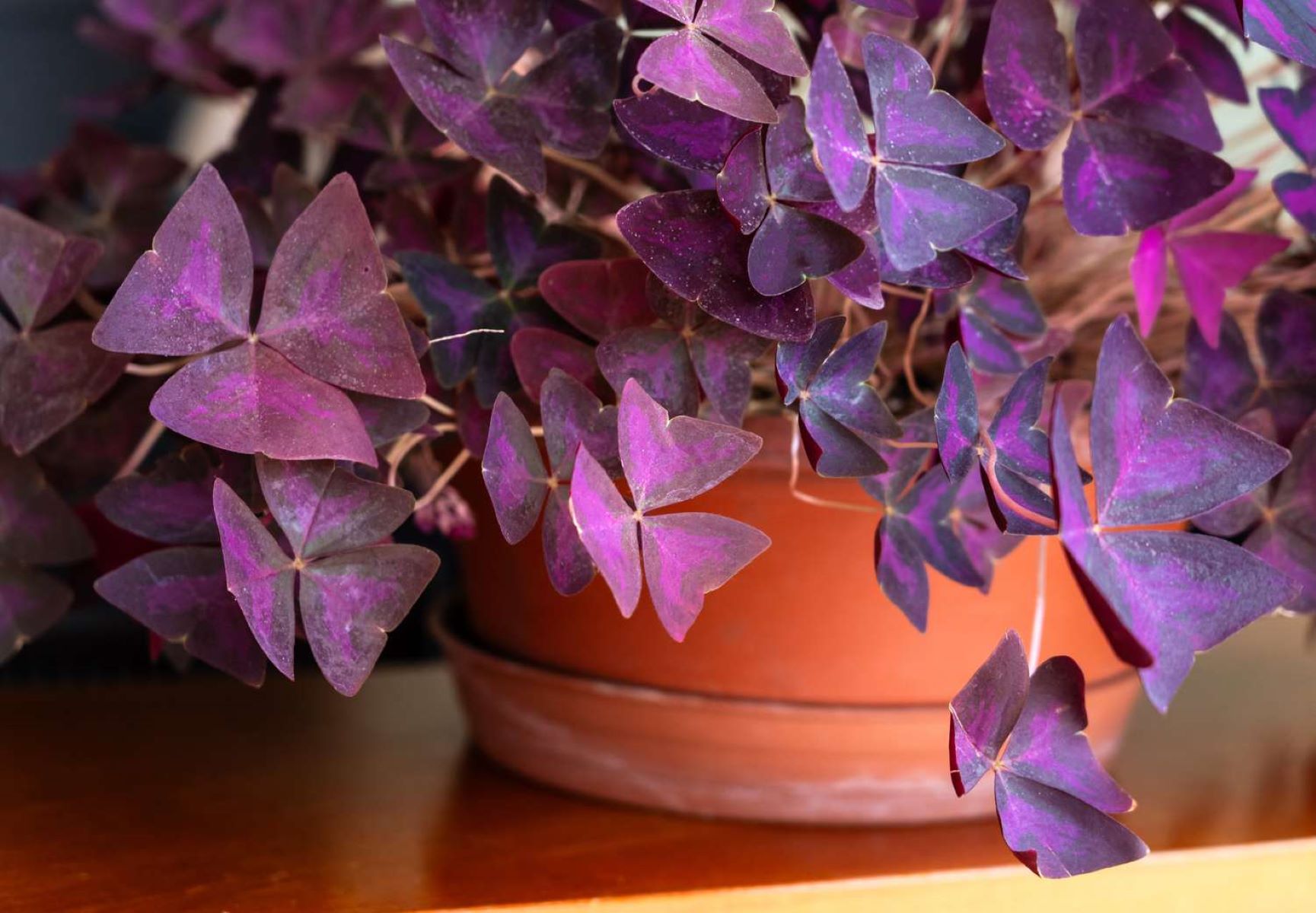
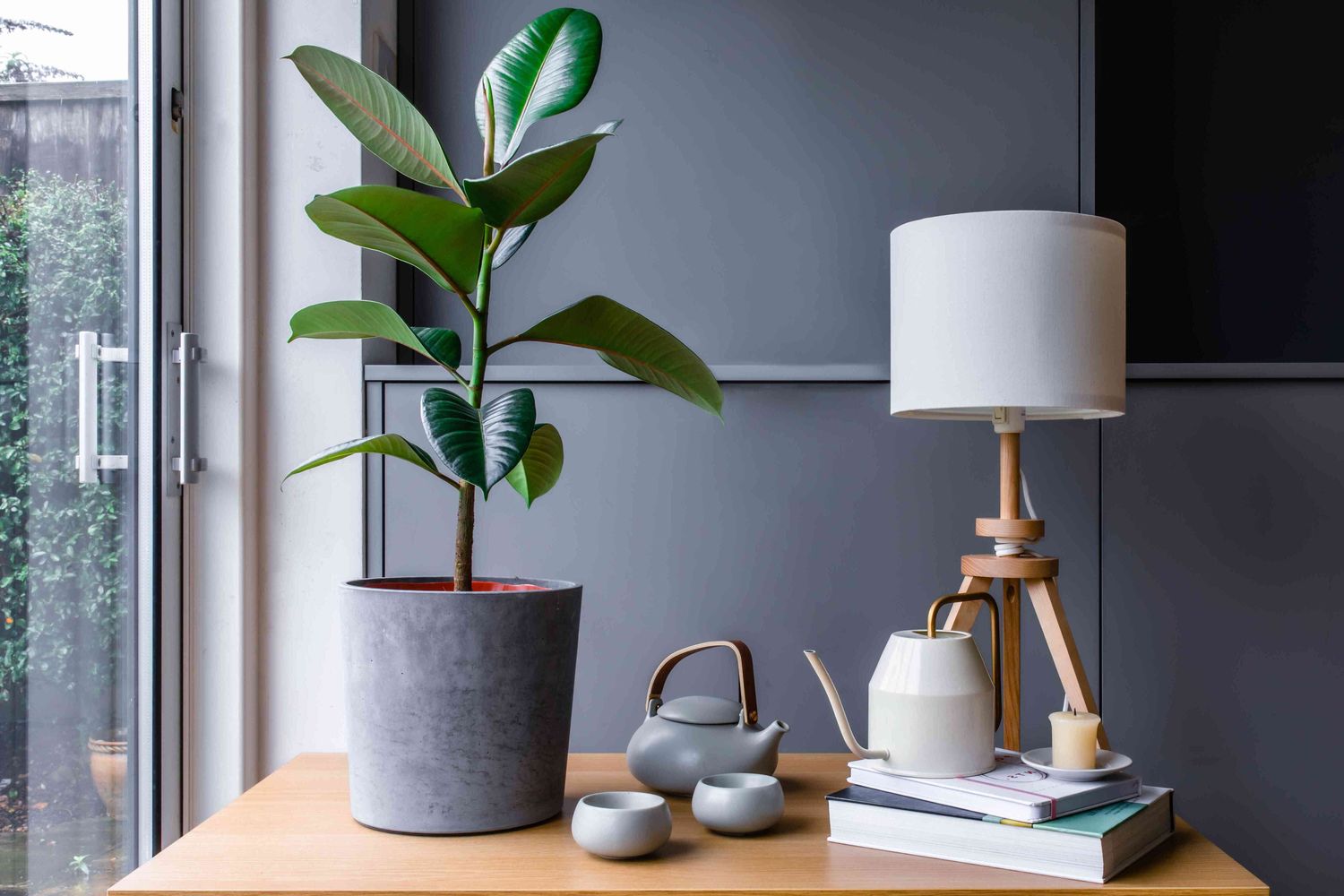

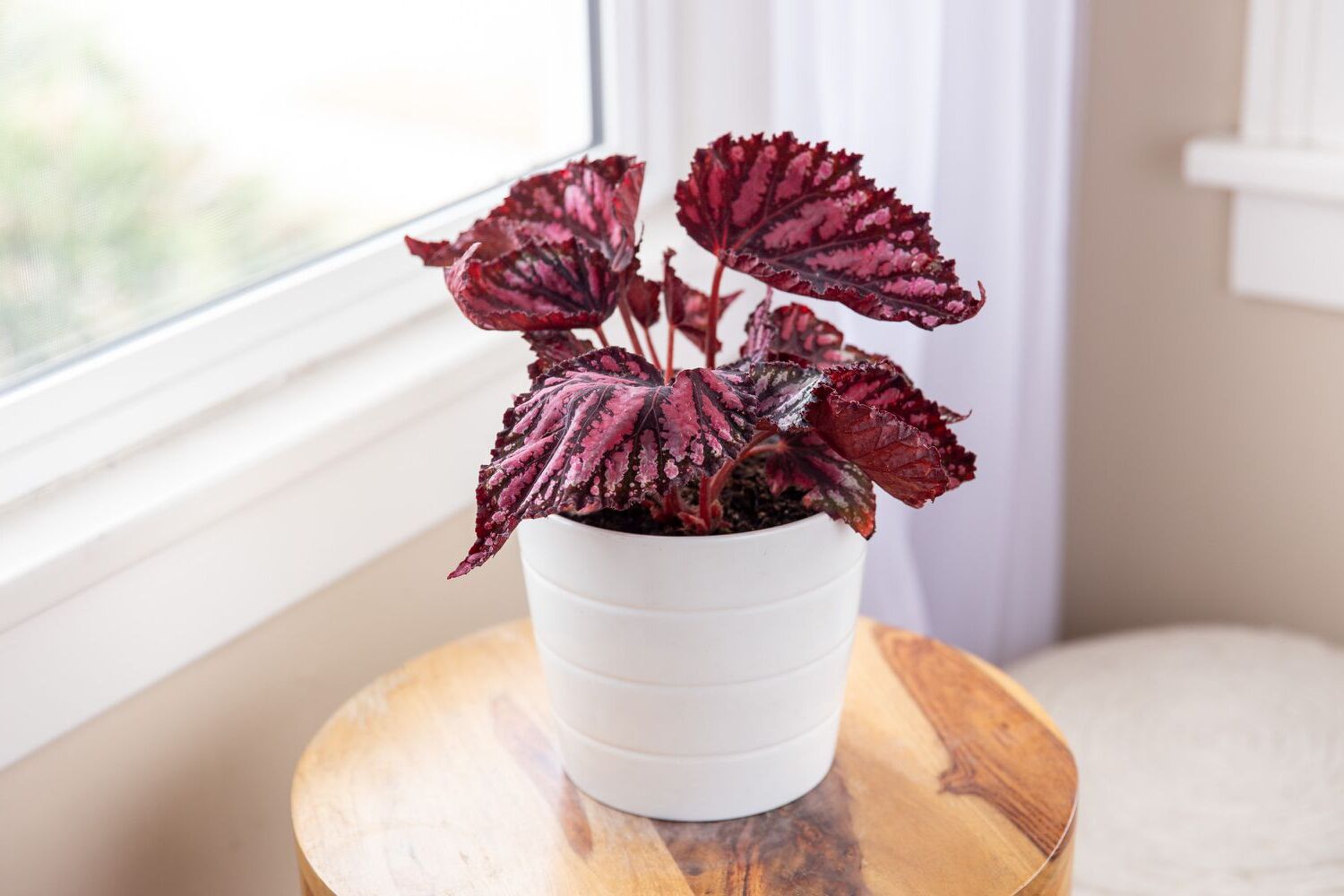
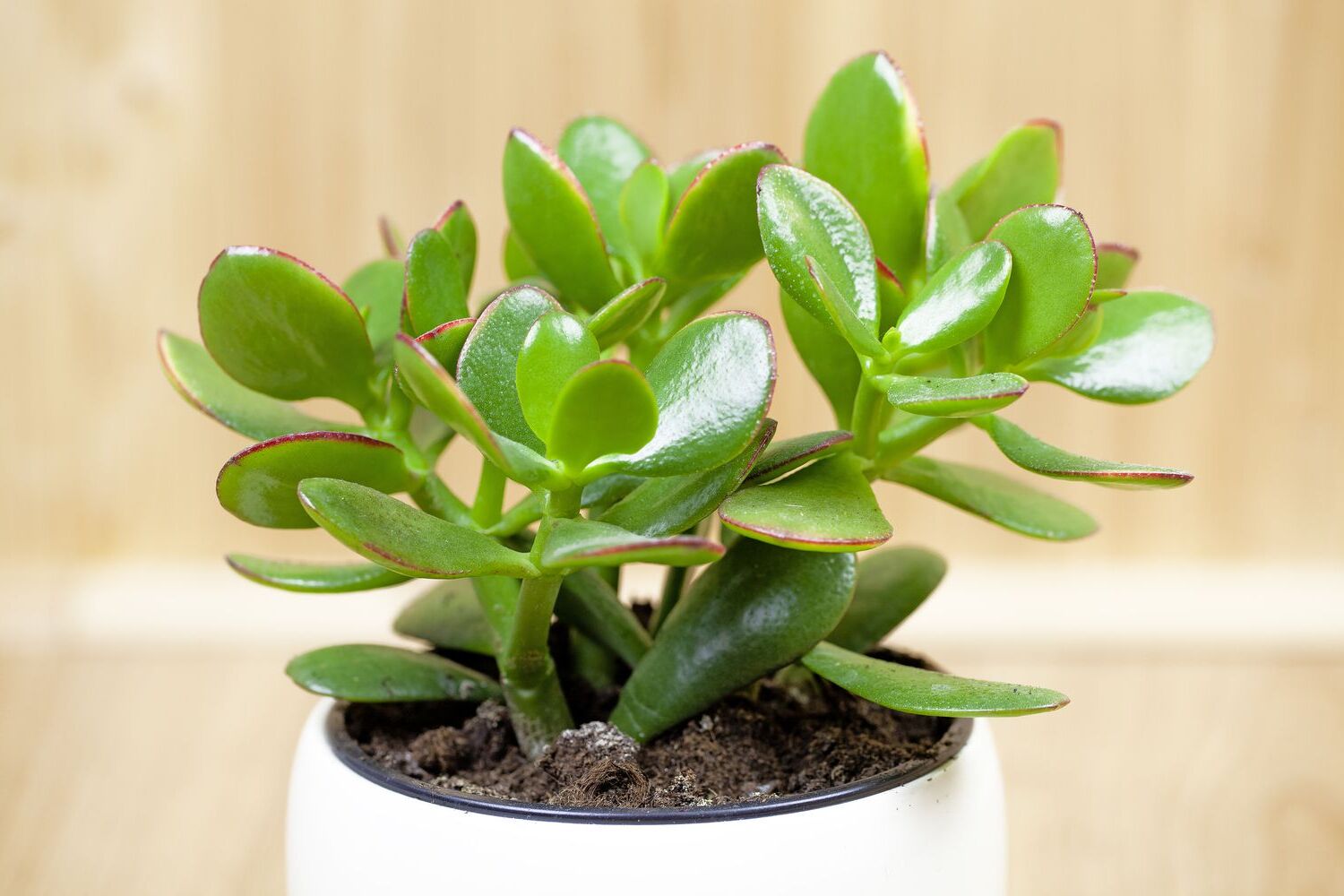
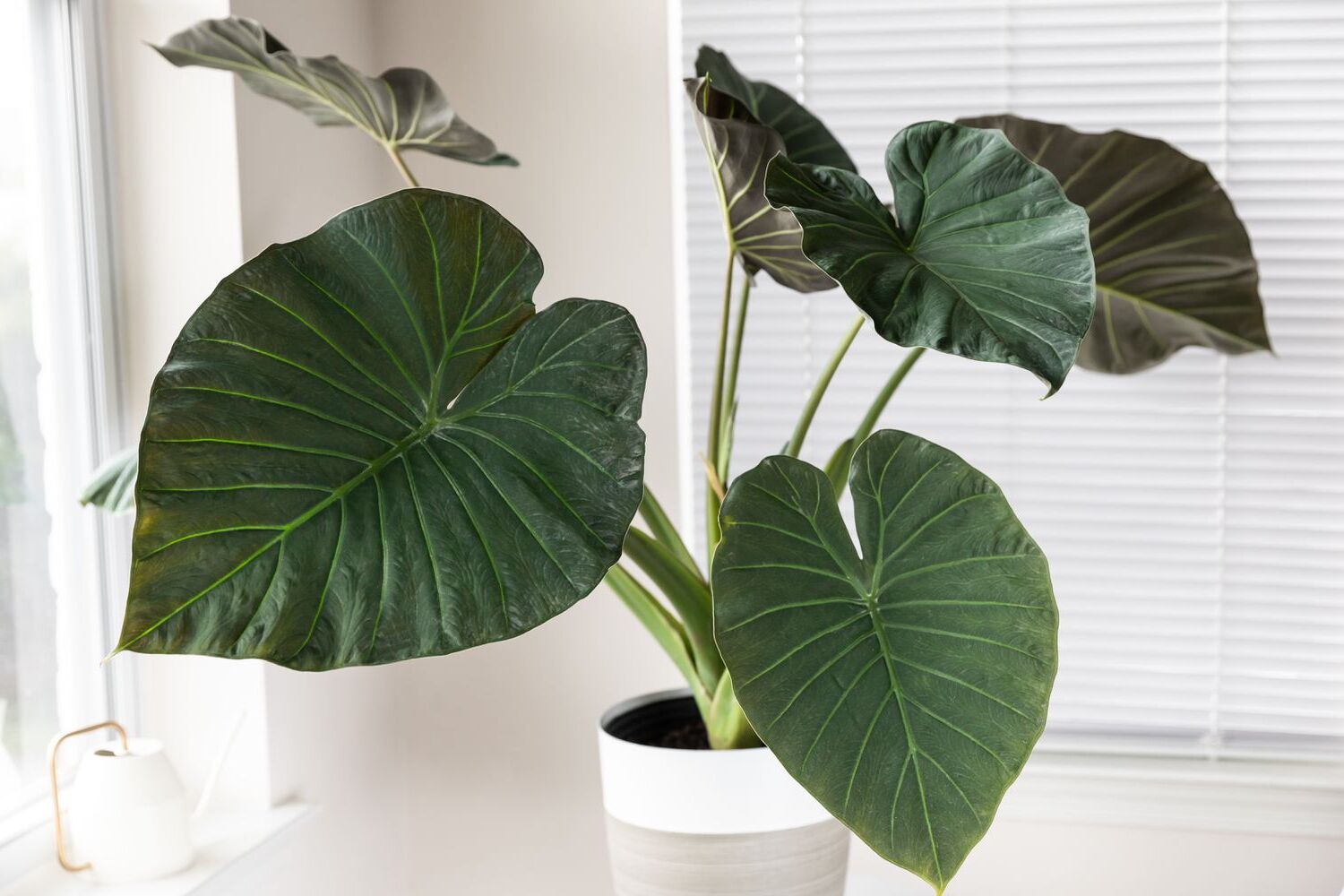
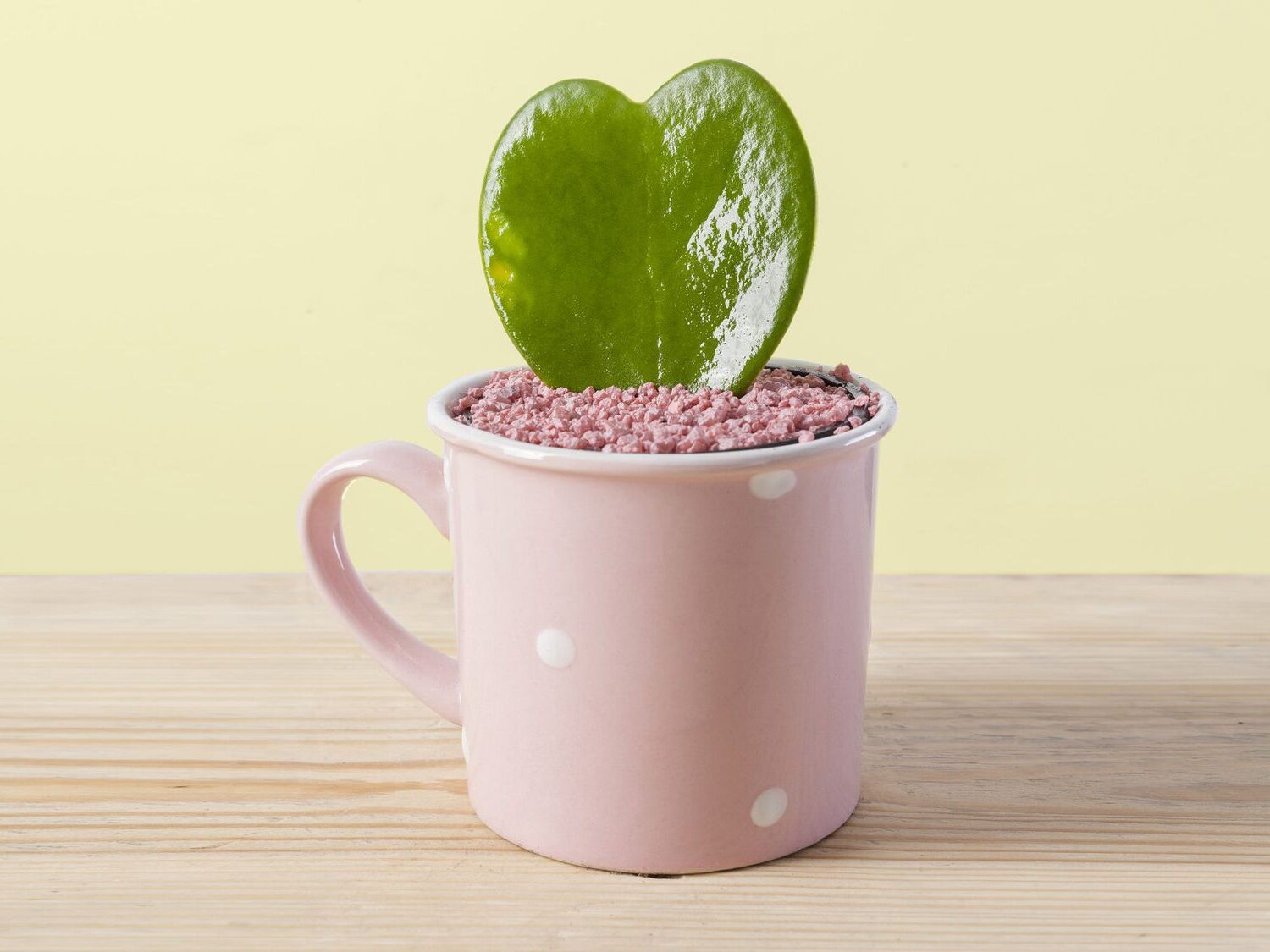
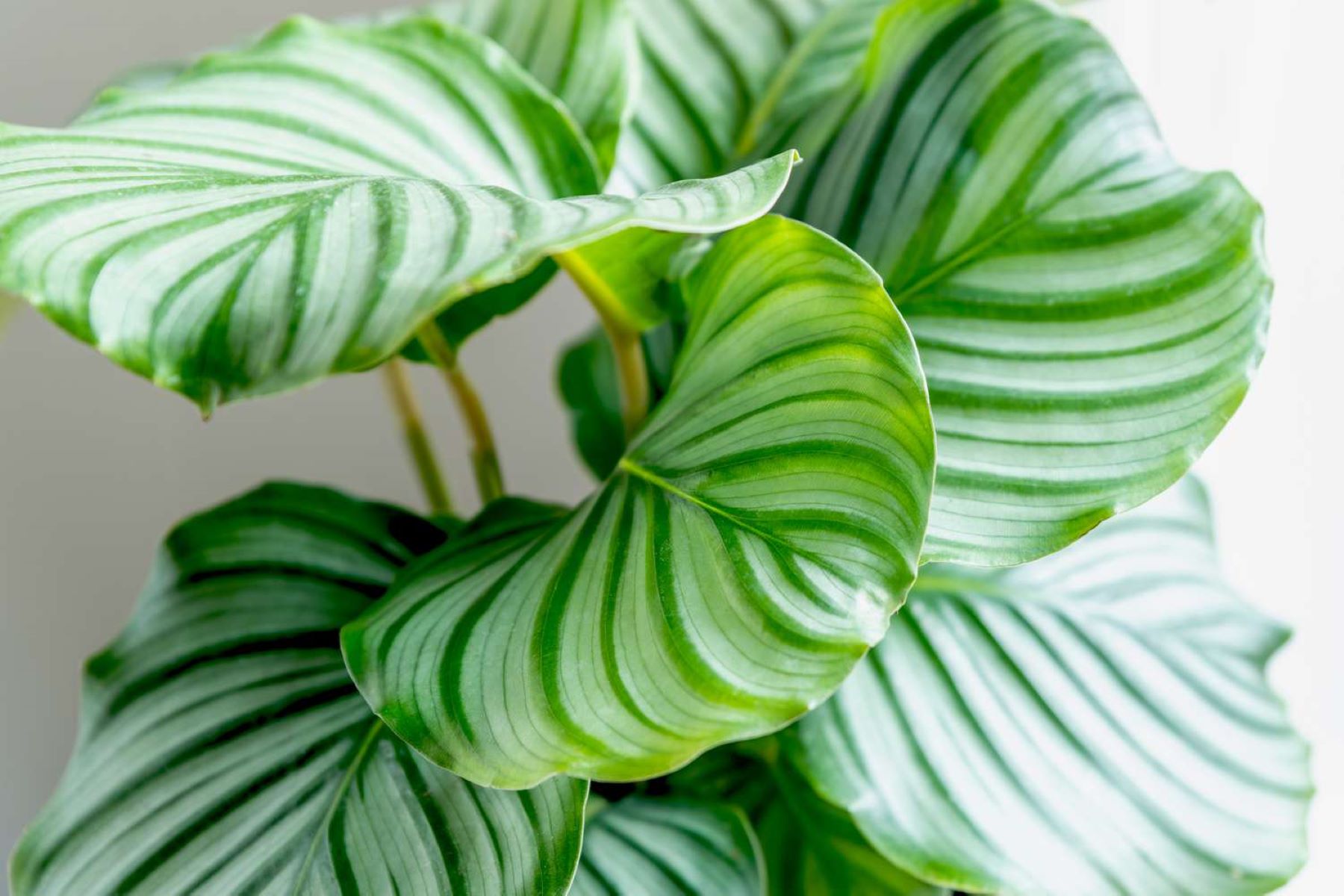
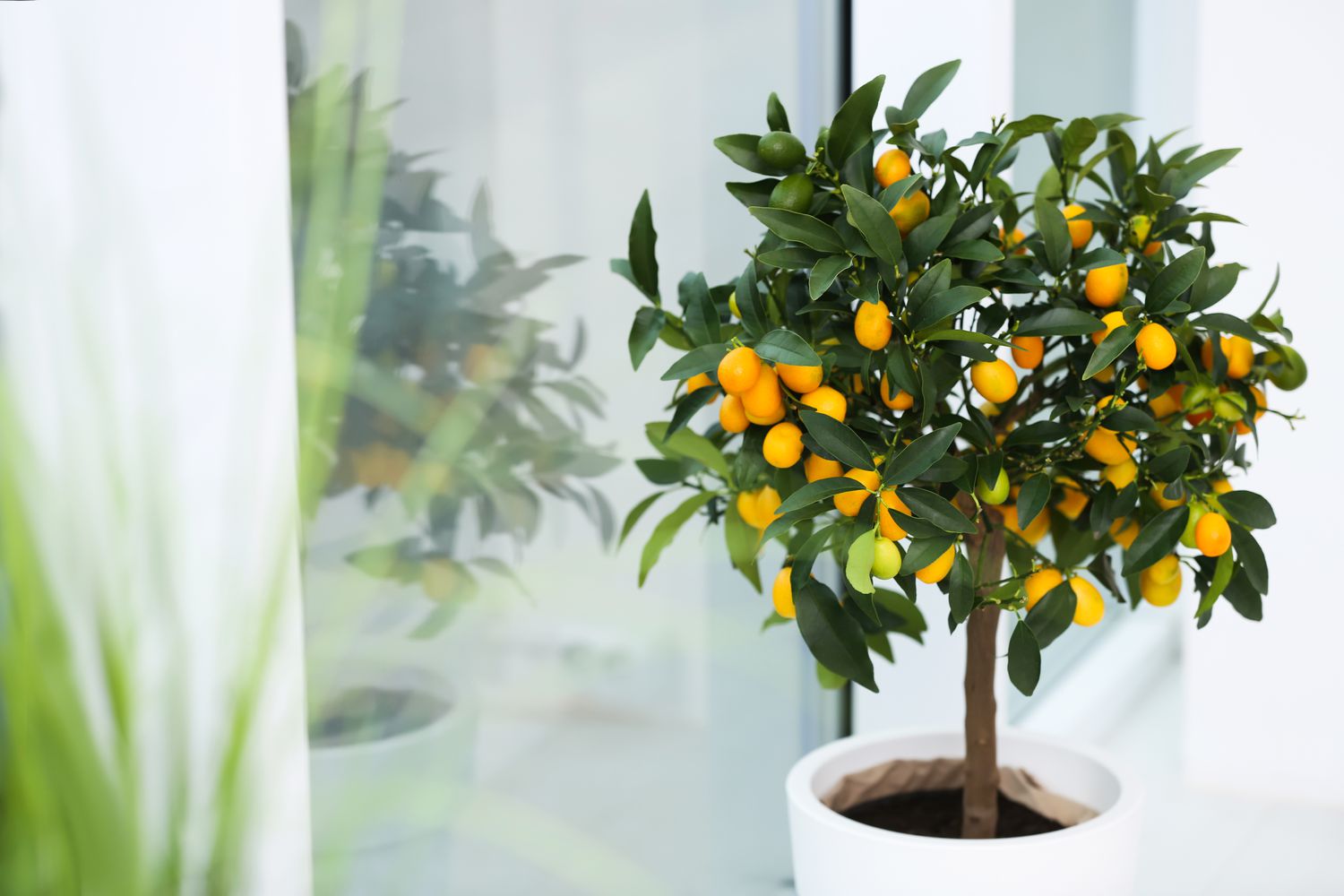
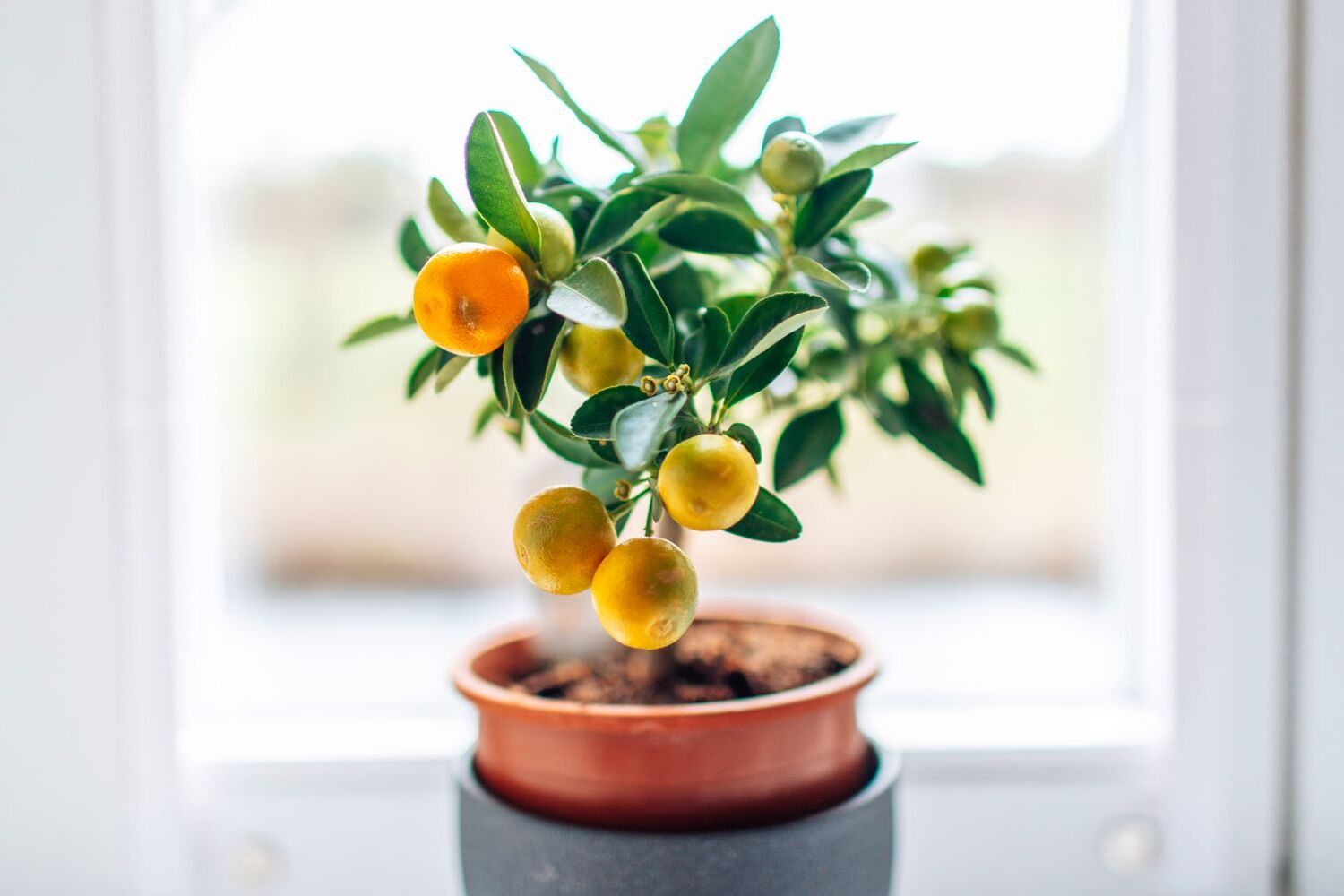
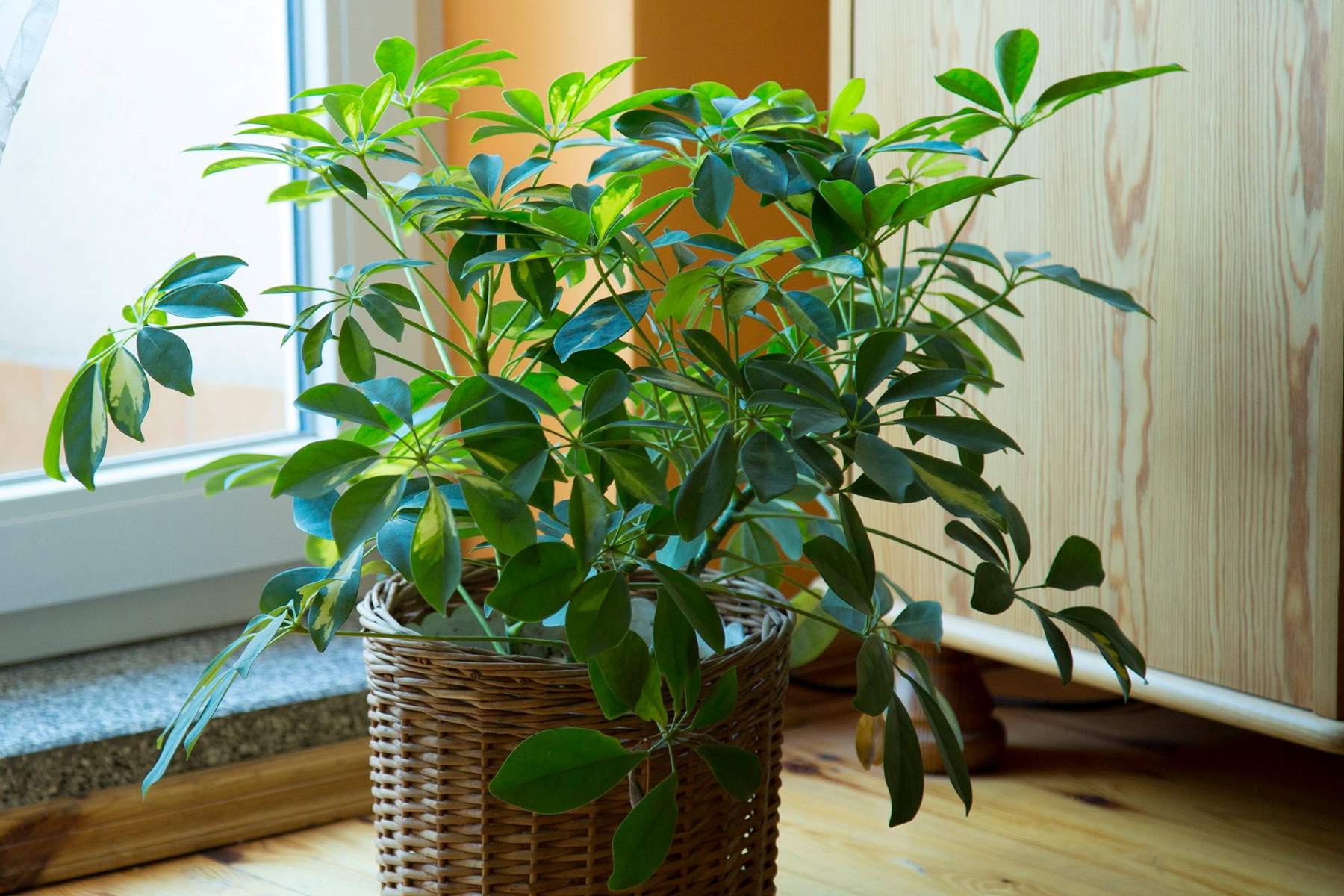

0 thoughts on “Indoor Dracaena Marginata Care Dragon Tree Growing Guide”